- The average cost of a cavity filling is $200. A resin-based composite filling can be twice as expensive, and amalgam fillings are the cheapest.
- The cost of dental fillings depends on the material used and the number of tooth surfaces to be treated. The location of the tooth with the decay also determines the cost.
- Dental exams, x-rays and anesthesia can increase the final price.
Looking for a low-cost dentistry? Use Authority Dental to find an affordable dentist in your area. Over 1,500 locations available.
Filling a tooth cavity is often perceived as an unpleasant procedure, but recent advancements in materials and application techniques have significantly improved the longevity of its effects. Getting a cavity filled is highly recommended, but how much will it cost you? Here's everything you need to know.
Average cost of cavity filling without insurance
The cost of dental fillings depends on the material used and the number of surfaces of the tooth that have to be treated.
A back tooth cavity filling price is sometimes higher than the price for filling front tooth cavities. The posterior teeth require more durable fillings because of the higher impact from chewing and are more difficult to access than the anterior teeth, which may involve more work, adding to the final cost.
Resin-based composite filling
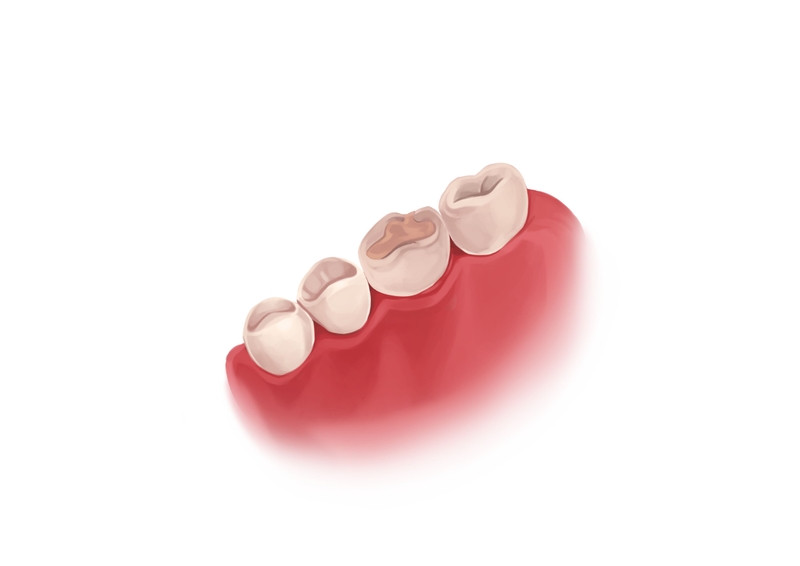
Picture by Authority Dental under CC 2.0 license
The most affordable white cavity filling is resin-based composite. The average cost of such a filling on a single surface is $200. The prices range from $100 to $400 across the US.
While often chosen in the tooth shades or white, it is also possible to get such fillings in green, blue, pink, and other colors. These are sometimes used in pediatric patients.
| SCOPE OF COMPOSITE FILLING | AVERAGE COST | COST RANGE |
|---|---|---|
| One surface | $200 | $100-$400 |
| Two surfaces | $250 | $150-$450 |
| Three surfaces | $325 | $200-$500 |
| Four or more surfaces | $375 | $250-$550 |
Such a filling can cost up to twice as much as amalgam but it is still more affordable than porcelain.
You will possibly have to think about a replacement about 5 years after having the initial procedure. With proper care, though, they can last longer, even 15 years.
Silver (amalgam) filling
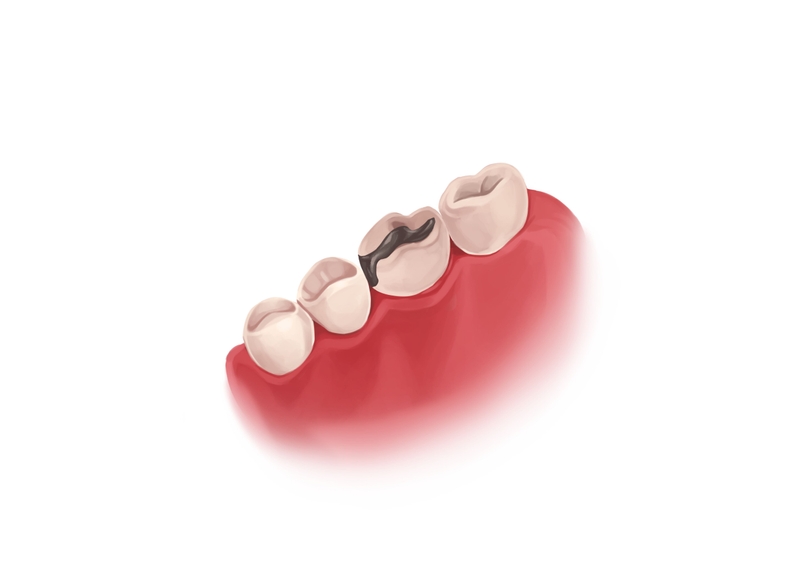
Picture by Authority Dental under CC 2.0 license
A silver cavity filling, also known as an amalgam filling, is made of an alloy of metals that include mercury, tin, and copper alongside silver.
Amalgam fillings cost $150 on average per one surface. The lowest prices start at $100, while the highest top off at $350.
| SCOPE OF AMALGAM FILLING | AVERAGE COST | COST RANGE |
|---|---|---|
| One surface | $150 | $100-$350 |
| Two surfaces | $200 | $125-$400 |
| Three surfaces | $250 | $150-$450 |
| Four or more surfaces | $300 | $175-$600 |
These fillings are the cheapest, with an average cost of $150 per surface. They are, however, quite strong and durable. You shouldn’t have to worry about replacing such a filling for at least ten years.
Note that due to the presence of mercury, amalgam fillings can potentially expose patients to traces of this metal. However, the U.S. Food and Drug Administration (FDA) and American Dental Association (ADA) affirm this exposure does not pose health risks. Still, it is recommended to avoid using silver fillings in pregnant and nursing women, children under 6, patients with neurological diseases, as well as those with increased sensitivity to mercury.
Gold foil
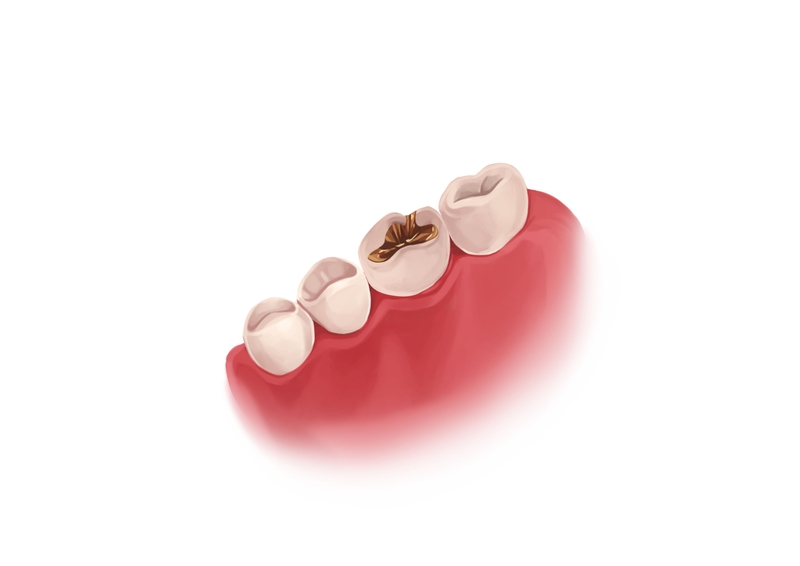
Picture by Authority Dental under CC 2.0 license
A gold foil filling will cost $400 on average for a single surface.
| SCOPE OF GOLD FILLING | AVERAGE COST | COST RANGE |
|---|---|---|
| One surface | $400 | $250-$650 |
| Two surfaces | $650 | $450-$1,100 |
| Three surfaces | $1,100 | $800-$1,850 |
This type of filling is placed directly on the tooth. The procedure may prove very expensive due to the material and the fact that not many specialists perform gold foil fillings.

Temporary/protective filling
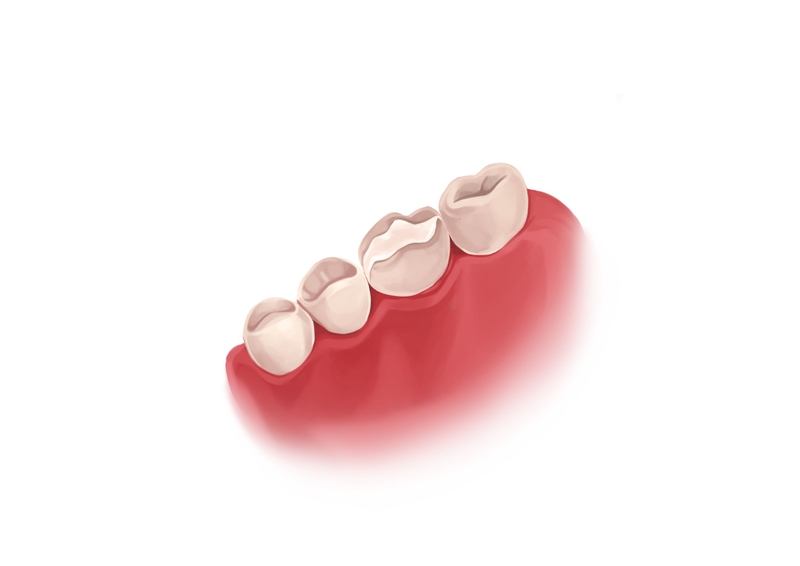
Picture by Authority Dental under CC 2.0 license
The average price for a temporary filling is $150. The prices across the US range from $90 up to $250.
You’ll have to pay for a permanent restoration no more than 6-8 weeks later. They won’t last longer and neglecting to seal your tooth properly can mean higher costs in the long-term.
Porcelain/ceramic (inlay)
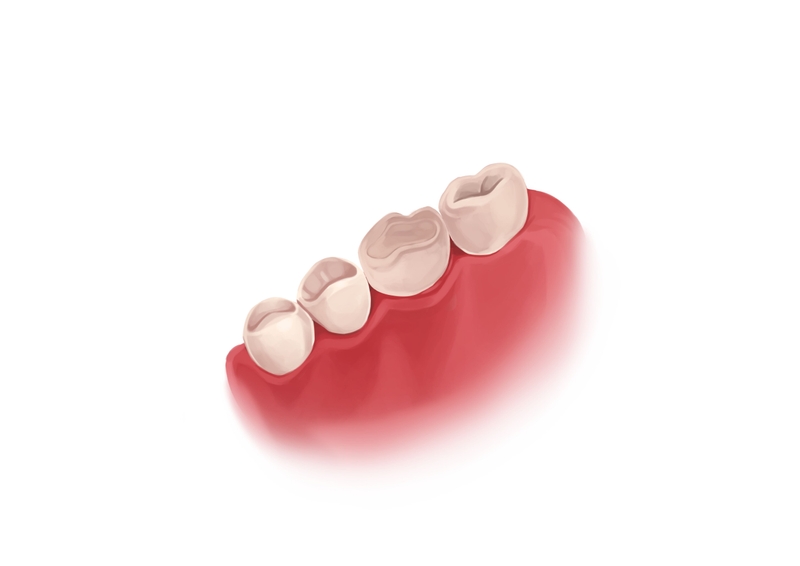
Picture by Authority Dental under CC 2.0 license
Whether you need one or two surfaces treated, a porcelain-ceramic filling will cost you $1,150 on average. The range for this procedure is from $500 up to $2,800.
This is the most expensive and time-consuming option. They are always custom-made in a lab. You won’t realistically need to think about a replacement for up to 15 years.
Associated costs of a cavity filling
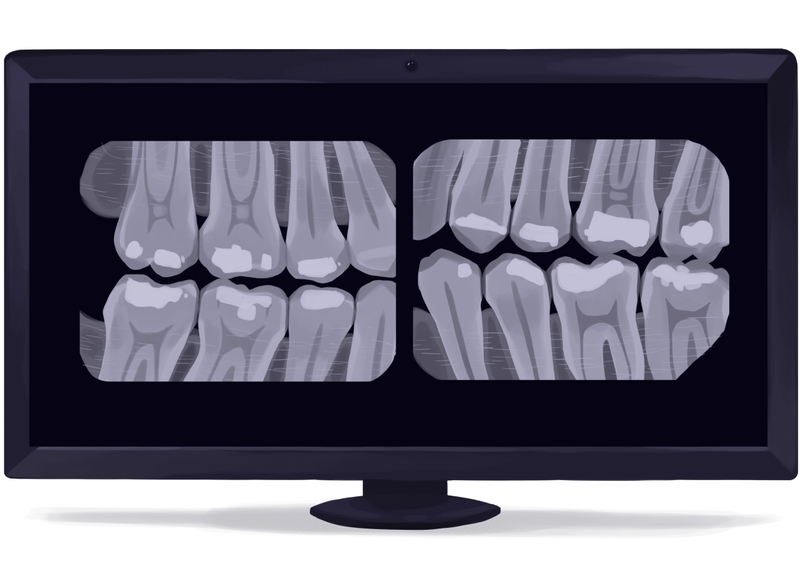
Picture by Authority Dental under CC 2.0 license
Your dentist might decide that your case demands some extra dental work.
| PROCEDURE | AVERAGE COST | COST RANGE |
|---|---|---|
| Dental exam | $100 | $50-$200 |
| Periapical X-ray | $35 | $25-$50 |
| Panoramic X-ray | $130 | $100-$250 |
| Bitewing X-ray | $35 | $25-$50 |
| Laughing gas | $90 | $40-$150 |
| Non-intravenous conscious sedation | $250 | $75-$500 |
| Moderate sedation/anesthesia | $250 | $100-$500 |
Below are short descriptions of procedures that are most commonly performed to supplement a filling treatment.
Dental exam
It is important to have regular six-month check-ups so cavities can be found when they are small and easier to fix. Some problem areas might even be detected before a filling is necessary, so the cost of an exam could save you from paying a higher fee later.
If however, you are feeling pain, or if your tooth reacts strongly to sweet, cold, or hot foods you should make an extra appointment. The dentist will check for cavities or minor fractures. Sometimes you can spot them yourself; they will look like a dark spot on your tooth.
The options will be discussed; whether you should consider a simple filling, veneers, or maybe an inlay or onlay. You will choose the material. All of these factors can impact the price, so make sure to ask about that as well.
More often than not, if you are experiencing pain that means the time for a filling has passed. It is likely the tooth will need root canal treatment. Most cavities do not hurt.
A dental exam may cost you anywhere between $50 and $200.
Dental X-rays
Most dental procedures require at least one type of X-ray and fillings are no exception. In order to fill your cavity optimally and safely, the dental professional must have a look at the internal structures in your mouth. Some radiographs also show hidden cavities and signs of periodontal disease.
You should include the price for at least one of the following X-rays in the cost of your filling procedure:
a bitewing,
a periapical X-ray,
a panoramic X-ray.
Depending on the technology used, you may have to pay between $25 and $250 for this procedure.
Anesthesia
Generally, the costs of anesthesia are included in the estimates for a filling. You probably won’t be charged separately if you make do with the numbing gel or local anesthetic, which is enough for most patients.
Those with dental anxiety or those who have trouble sitting still (e.g. children) might need sedation. Intravenous sedation or nitrous oxide (laughing gas) can be used to make the process more comfortable, but it is very expensive, amounting up to $500 in certain cases.
The third option is oral sedation. The prices for that can get quite high, though, especially with longer procedures (e.g. if you have more than one cavity to fill).
You might want to consider just enduring the procedure with no more than a (free) local anesthetic. Fillings belong to the less painful of dental procedures. Most might not experience more than minor irritation. Following the filling, some mild sensitivity is often normal for a few days.
Does insurance cover the costs of dental fillings?
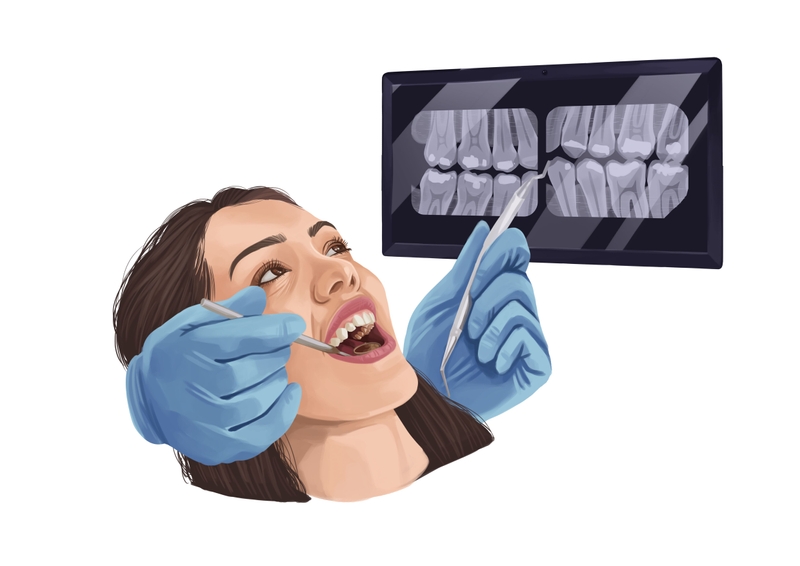
Picture by Authority Dental under CC 2.0 license
Fillings are considered medically necessary, so there is a good chance that insurance will cover at least some of the cost. Amalgam and composite fillings are almost always covered in full or at least at 80%. In the case of other materials, your provider might reimburse you for the amount of the amalgam filling.
More often than not there is a waiting period. If you just got your insurance, they might not cover anything for a few months. Reach out to your provider and make sure you are aware of the limitations.
Since fillings are not the most expensive of dental treatments yearly caps are not too much of a concern. Keep in mind, however, that if you max out your credit on fillings you won’t be able to do anything else that year. That means cleanings and checkups will be coming out of your pocket.
A great way to make sure you aren’t spending as much is getting a dental plan. There are no waiting periods or yearly caps. You start saving the moment you sign up and can have as many procedures as you want. You can also take advantage of your benefits after the yearly maximum on your insurance is reached.
Dental discount plans come with no paperwork. They work kind of like a membership, you pay a regular fee and get discounts on all procedures. Those reductions range from 10% up to 60% and you can even use them on cosmetic treatments.
FAQ
What is the cheapest tooth filling?
Is cavity filling cheaper than extraction?
What affects filling cost the most?
References
- Direct composite resin fillings versus amalgam fillings for permanent or adult posterior teeth
- Prevalence of Caries on Individual Tooth Surfaces and its Distribution by Age and Gender in University Clinic Patients
- Review: Resin Composite Filling
- Dental amalgam: An update
- Principles involved in filling teeth with gold foi
- Evaluation of the ability of dental clinicians to rate dental anxiety
Henry Hackney, DMD
Amalgam is considered the cheapest material and is also the least popular. Patients tend to prefer composite resin or porcelain, despite these material being more expensive, since they are more aesthetically pleasing.